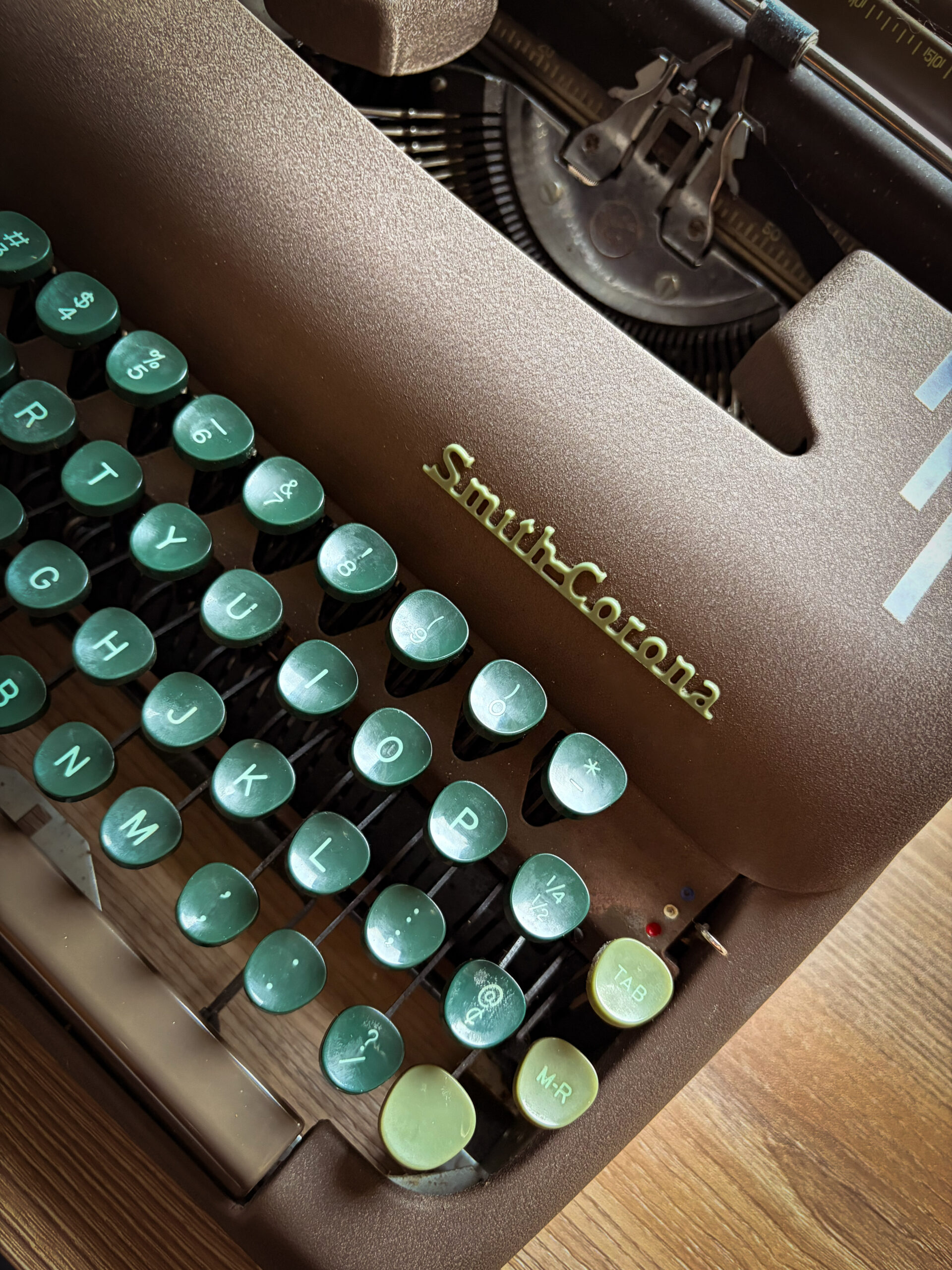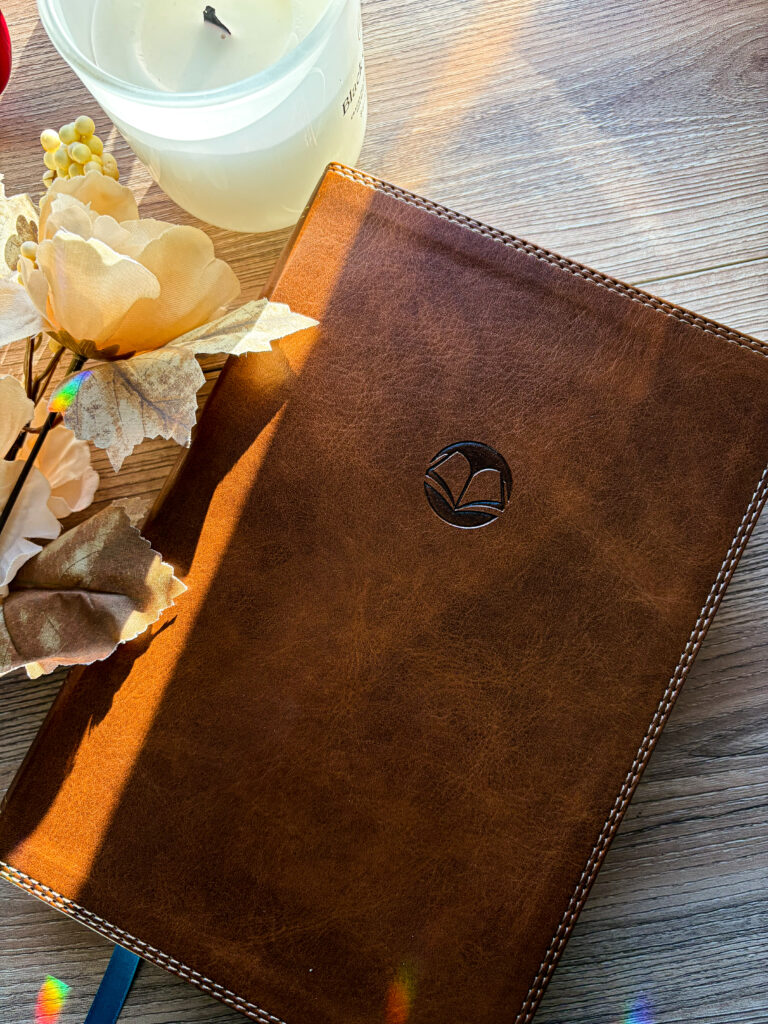Going Analog in a Digital World: What It Means to Simplify Technology
This site contains affiliate links. If you purchase through these links, I may earn a small commission at no extra cost to you.
In our hyper-connected era, being constantly tethered to screens, alerts, and endless scrolling feels almost inevitable. Yet beyond the buzz of notifications and the glow of smartphones lies a nagging question: what if less technology meant more life? What if we intentionally embraced the analog – the tactile, the slow, the quiet – not as a retreat from modernity, but as a way to reclaim presence, purpose, and connection?

I want to talk about what it truly means to go analog and simplify technology, and share some insights from Cal Newport’s Digital Minimalism: Choosing a Focused Life in a Noisy World and Christina Crooks’s The Joy of Missing Out: Finding Balance in a Wired World.
Why Going Analog Matters
We’ve confused connection with constant contact.
Our devices promise connection but often deliver distraction. We check our phones dozens – even hundreds – of times a day. We’re always available, but rarely present.
In Digital Minimalism, Cal Newport points out that many digital tools are designed to hijack our attention. Social media, email, and even productivity apps reward us for engagement — not fulfillment. Newport writes that digital minimalists “see new technology as a tool to be used to support things they deeply value – not as a source of value itself.”
Going analog flips the script. Instead of being available to everyone, all the time, you become available to your life. You reconnect with the world around you: your family, your creativity, your faith, your peace.
Slowing Down is a Radical Act
In The Joy of Missing Out, Christina Crook reminds us that constant busyness and digital connection don’t add meaning — they drain it. We pack our calendars and chase every notification out of a fear of being left behind, but in doing so, we lose touch with what truly matters. Crook challenges us to pause, unplug, and rediscover the richness of real life beyond the screen.
“We are missing out on life because of our fear of missing out online,” Crook writes.
Going analog helps us step off that digital treadmill. Reading a printed book, writing in a paper planner, or cooking without glancing at your phone gives your mind space to rest. In those quiet, tangible moments, we remember what genuine presence feels like — and that’s where joy begins to return.
What “Going Analog” Actually Looks Like
1. Simplify Your Tech — and Your Attention
Start small. You don’t have to delete every app or move to the woods. Try the 30-day “digital declutter” Newport suggests: remove all optional technologies for a month. Afterward, reintroduce only the ones that truly serve your goals.
Ask yourself:
- Does this tool align with my values?
- Does it make my life easier or just louder?
- Could I do this task better offline?
You might find that replacing a note-taking app with a paper journal feels grounding. Or that reading a physical planner helps you see your week more clearly. The key is to make digital tools work for you – not the other way around.
2. Create Screen-Free Rituals
Analog living is about rhythm, not rigidity. Choose small rituals that anchor your day in the physical world:
- Morning pages: Write by hand for ten minutes before checking your phone.
- Analog planning: Use a paper planner or bullet journal for your to-dos.
- Evening unwind: Read a real book or step outside instead of scrolling.
- Analog hobbies: Bake, paint, garden, or play music — anything tactile and screen-free.
These habits remind your body what calm feels like. They retrain your brain to focus, rest, and create again.
3. Practice the Joy of Missing Out (JOMO)
If Digital Minimalism helps you filter technology, The Joy of Missing Out helps you filter your attention. Christina Crook’s philosophy centers on presence — choosing depth, creativity, and real connection over constant digital chatter.
When you intentionally miss out on the noise of the online world, you make room for what truly matters. The stillness that follows isn’t empty — it’s restorative.
Try this:
- Turn off notifications for an entire weekend.
- Leave your phone in another room during meals.
- Dedicate one day a week to being fully offline — read, rest, create, or simply be.
These small acts of disconnection are how you begin to reconnect — with yourself, your surroundings, and your life.
You’ll realize most things can wait – and that peace doesn’t require Wi-Fi.
4. Rebuild Real-World Connection
Newport and Dalton agree: humans thrive on connection, not consumption.
Instead of reacting to posts, engage in presence. Instead of liking updates, live your own stories.
Call a friend instead of texting. Host a meal instead of commenting on someone’s dinner photo. Write a letter. Talk to your partner without the TV on.
Going analog reminds us that relationships are built in shared moments, not shared screens.
Lessons from Digital Minimalism
Cal Newport’s book outlines three core principles that help you simplify technology:
- Clarity before technology. Decide what’s important in your life before deciding which tools to use.
- Optimize for intentionality. Use technology in precise, purposeful ways.
- Embrace solitude. Make time for reflection, prayer, or creative thought away from digital input.
Newport doesn’t demonize tech; he reframes it. Digital minimalists use technology as a tool – not as a lifestyle.
For example, if you blog or run a small business, social media can be useful. But instead of checking it constantly, you can schedule content, then log off. Use it strategically – not compulsively.
Lessons from The Joy of Missing Out
Christina Crook builds on the message of intentional living in The Joy of Missing Out. Her book invites readers to slow down and redefine what a meaningful life looks like in a hyperconnected age.
- Define success on your own terms. Stop measuring your worth by likes, followers, or online comparison.
- Live according to your values. Create rhythms that nurture what truly matters — relationships, creativity, faith, and rest.
- Protect white space. Leave room in your days for stillness, reflection, or spontaneous joy.
Crook’s message aligns beautifully with the analog lifestyle: by disconnecting from digital noise, you make space to live more fully.
“We are missing out on life because of our fear of missing out online,” Crook reminds us.
When you pair this with the principles of Digital Minimalism, you discover a balanced way to live — one that values attention, presence, and peace over constant connectivity.When you pair this with digital minimalism, you get a life that feels slower, simpler, and more peaceful — but still productive and purposeful.
How to Start Going Analog
If you’re ready to reclaim your attention and creativity, here’s a roadmap:
- Audit your digital life. List the apps, websites, and devices you use daily. Circle the ones that genuinely add value. Cross out the rest.
- Set tech boundaries. No phones at meals. No scrolling before bed. No notifications except for true emergencies.
- Reintroduce analog tools. Try a physical planner, notebook, or photo album. Print your favorite recipes. Write lists by hand.
- Replace digital noise with analog joy. Swap your nightly Netflix binge for journaling or a walk. Light a candle and read a book instead of scrolling.
- Reflect weekly. Ask yourself: Did I feel calmer? More creative? More present? Adjust accordingly.
How Going Analog Can Transform Your Life
When you simplify your tech use and embrace analog habits, you’ll notice:
- More creativity. Ideas flow more freely when your mind isn’t fragmented.
- Deeper focus. You can work, write, or plan without distraction.
- Better relationships. Conversations feel real again.
- Peace of mind. You stop reacting to the world and start living in it.
It’s not about perfection – it’s about presence.
Both Digital Minimalism and The Joy of Missing Out remind us that the modern chase for productivity and connectivity often leaves us drained and distracted. But when we slow down, set boundaries, and intentionally choose what to let in, life becomes richer.
You don’t have to go off-grid to go analog. You just have to pause long enough to ask: Is this helping me live the life I want, or distracting me from it?
When you choose analog moments – writing by hand, watching the sunrise, talking face-to-face – you’re not missing out. You’re finally showing up.
So close the app, open your notebook, and step into the quiet joy of an intentional life.





